Antiquities: when phones were weird
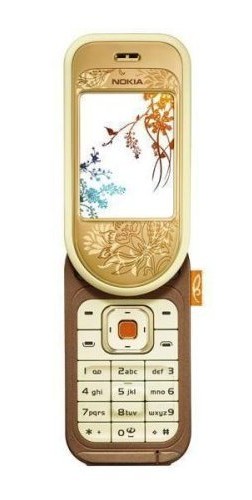 This post is a nostalgic collection of old phones with a non-trivial design, and I wrote it to hint: history repeats itself. Now, in 2019, the smartphone industry is in that weird state, when it is becoming more and more difficult to convince the consumer that the device is much better than the old one. But there was no need to convince real innovations in order to even convince them - something is not yet visible. Something went wrong a couple of years ago, with the release of the first phones with a cutout right in the middle of the screen. In an attempt to hide the camera for selfie, even slider phones were revived, there are attempts to make a separate retractable camera.
This post is a nostalgic collection of old phones with a non-trivial design, and I wrote it to hint: history repeats itself. Now, in 2019, the smartphone industry is in that weird state, when it is becoming more and more difficult to convince the consumer that the device is much better than the old one. But there was no need to convince real innovations in order to even convince them - something is not yet visible. Something went wrong a couple of years ago, with the release of the first phones with a cutout right in the middle of the screen. In an attempt to hide the camera for selfie, even slider phones were revived, there are attempts to make a separate retractable camera.This year it has become even more interesting: the first phones with a flexible screen were announced, such hybrids of a smartphone and a tablet in one device. New technologies are cool, but is there really a future for such devices? Not sure. And that's why: it already was. When smartphones of the first generation learned to hide in bodies a size slightly smaller than bricks, there were also experiments with the form, searching for new meanings. And only a few copies of these experimental mobile phones are a little bit like what we have now.
Why is this coming out? It is now, 12 years after the release of the first Apple iPhone, we know that the screen needs to be made bigger and touch-sensitive, and buttons, for example, are not at all mandatory. Fifteen years ago, or even earlier, it was not obvious. It took a lot of experiments, it was necessary to fill the bumps and gain experience in the production of unsuccessful devices in order to understand where to go next. I do not know whether the smartphones of the future will all be completely equipped with flexible screens. But I can show how they experimented with the shape of mobile phones at the beginning of the century, in the pre-iphone era, and how almost nothing came of it. And I’ll start, perhaps, not with Nokia phones, but with the manufacturer, who left the mobile phone market much earlier - Siemens.
I keep the diary of the collector of old pieces of iron in real time in the Telegram .
')
For calibration, at the turn of the century, a typical mobile phone looked like this:
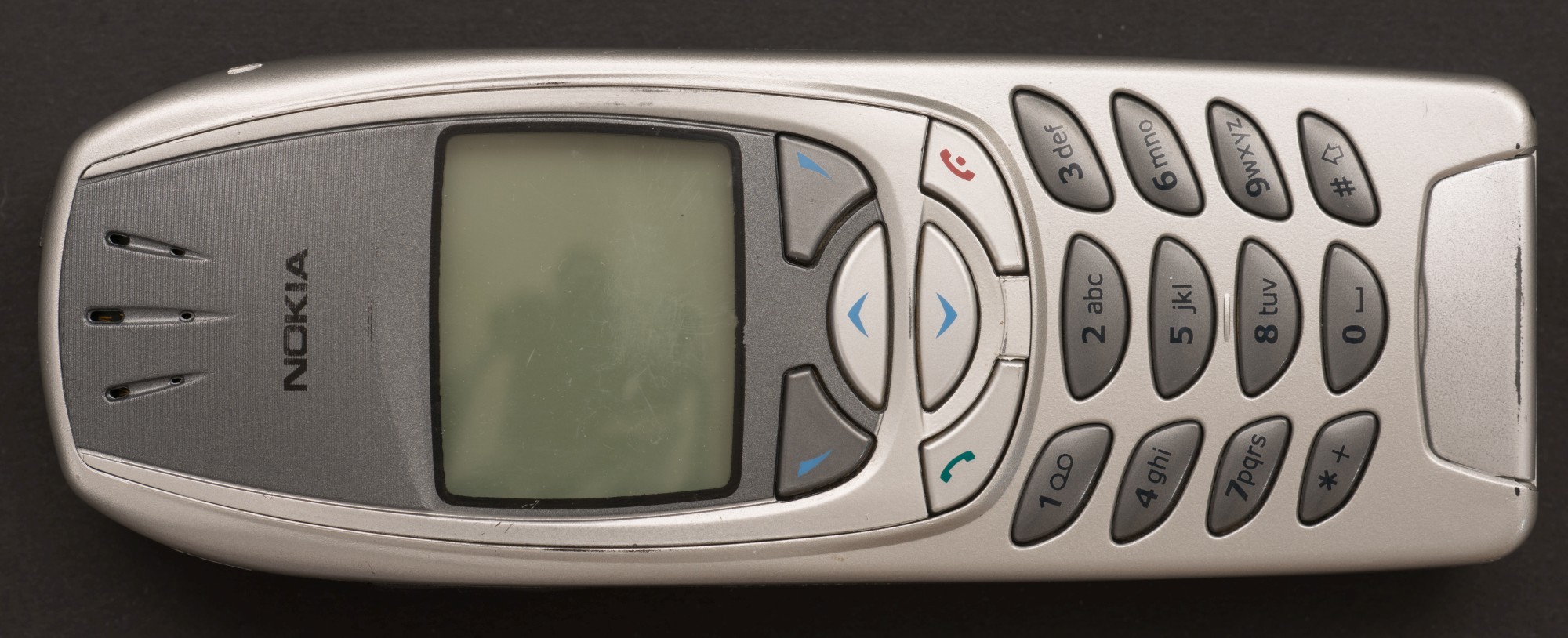
The difference between the mobile and home phone was small, which made the transition easier - twenty years ago it was probably a problem. The legendary Nokia 6310i was installed in Mercedes cars, could work with wireless headsets via Bluetooth, and supported packet data transfer. Various versions of the same design are still available, and in general, for calls and, in part, text messages, you do not need anything else. All modern phone functionality is about something else.
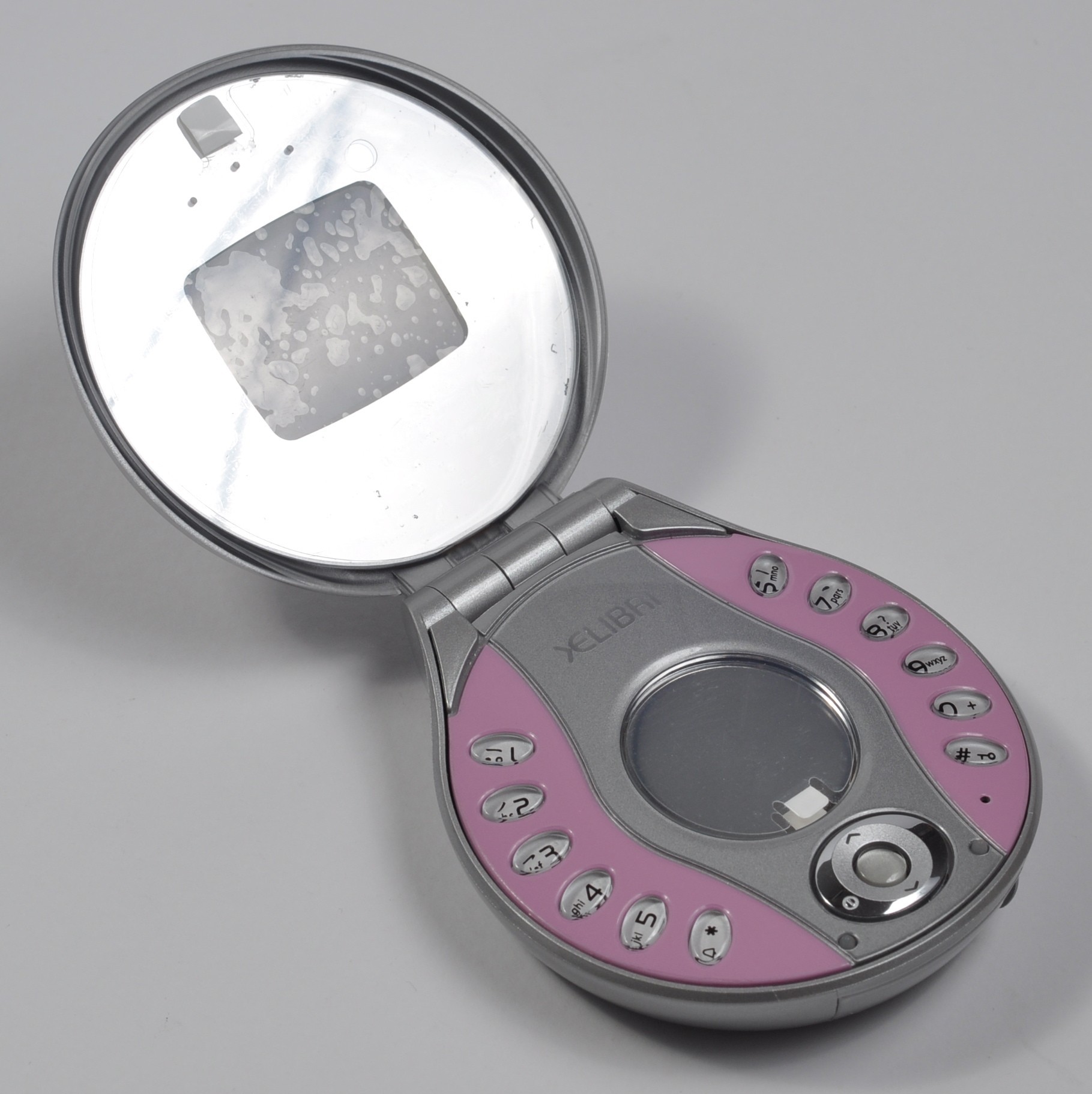
At the beginning of the two thousandth, the Internet on portable devices was exotic, and manufacturers tried to redesign simple mobile phones in a new way. The Siemens Xelibri series was announced in 2003, eight models were released, each with a design - one

Unlike Siemens, Nokia experimented at about the same time with the appearance of top-end smartphones. Nokia 3650 came to replace the Nokia 7650 slider, these are the first smartphones on the Series 60 platform, as well as the first devices with an integrated camera. Non-standard design was attributed to the orientation of the youth: they should have been interested in interchangeable body panels and number buttons arranged in a circle. Next year, a new revision of the same model, the Nokia 3660, was performed in the same package, but with keys located normally. In 2004, the Nokia 6600 was released - a business smartphone with a completely boring design: business people do not like experiments. Someone said that typing SMS on the rotary keyboard is faster, but in the end the strange experiment remained an experiment.
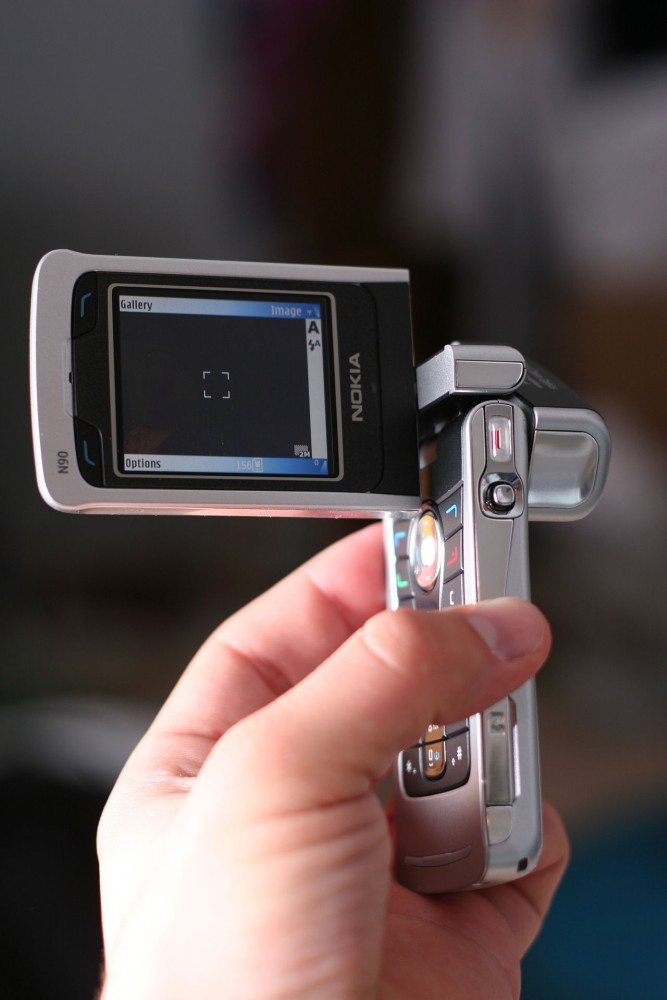
Released in 2005, the Nokia N90 elegantly solved the problem of locating a two-megapixel digital camera of a fairly large size. The design of the smartphone resembles that of the camcorder, and the rotating display allows you to take a selfie (I'm not sure that this term was known to someone) without using two cameras from different sides of the phone. This design turned out to be rather successful, it was used right up to the 2007 Nokia N93i model. The next model, the legendary N95, was a more classic slider with a tricky mechanism that allows you to open the phone up and down. In the latter case, audio player control buttons went above the screen.
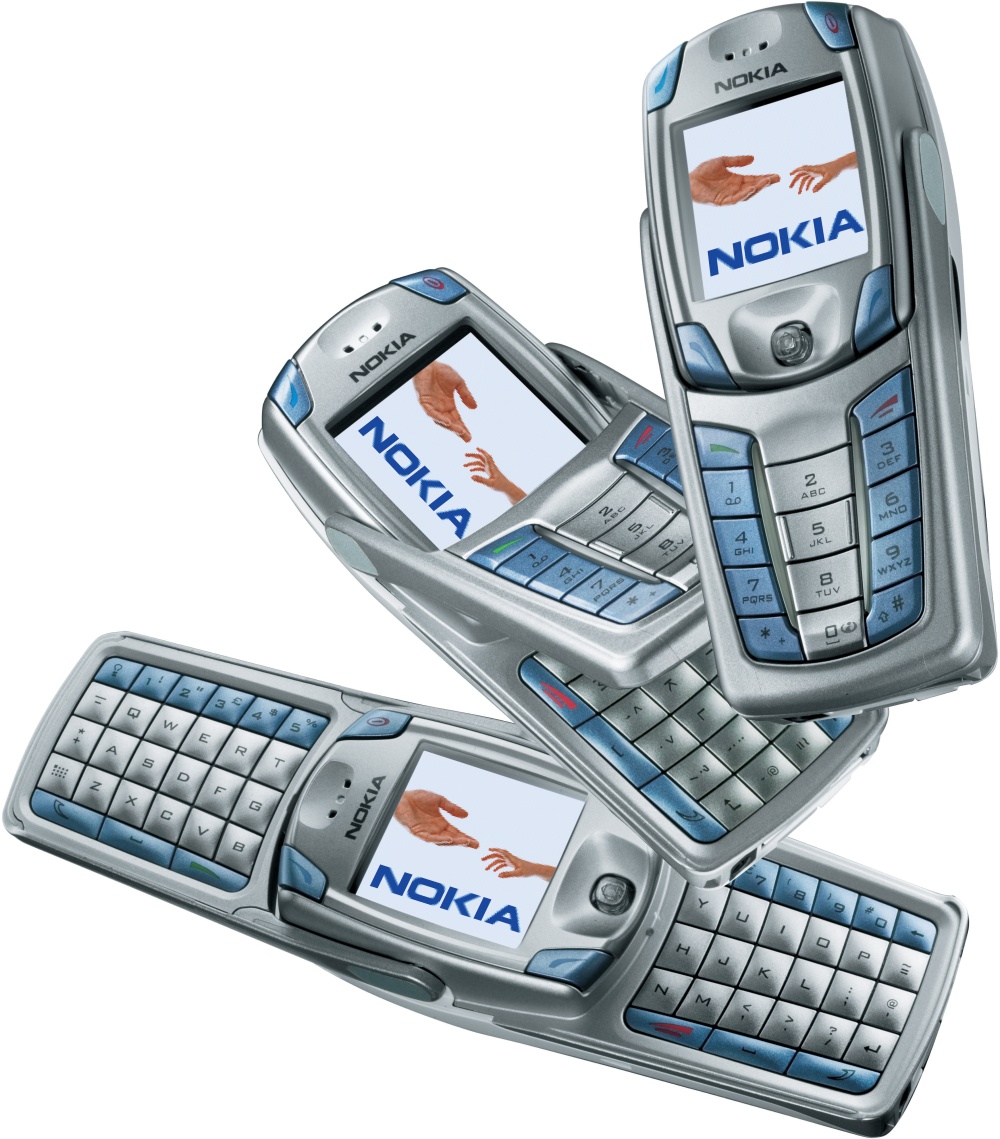
Even before the advent of mobile photos, many phone manufacturers tried to fit a full keyboard into a compact device. One of the most unusual solutions was applied in the Nokia 6800 series in 2004. This “non-smartphone” (Series 40 platform) when folded was different from the neighboring models, except that it was thick, but in unfolded it allowed typing on an almost full-fledged keyboard located on the sides of the screen. The idea lived right up to 2006, when the Nokia E70 smartphone was released in a similar form factor.
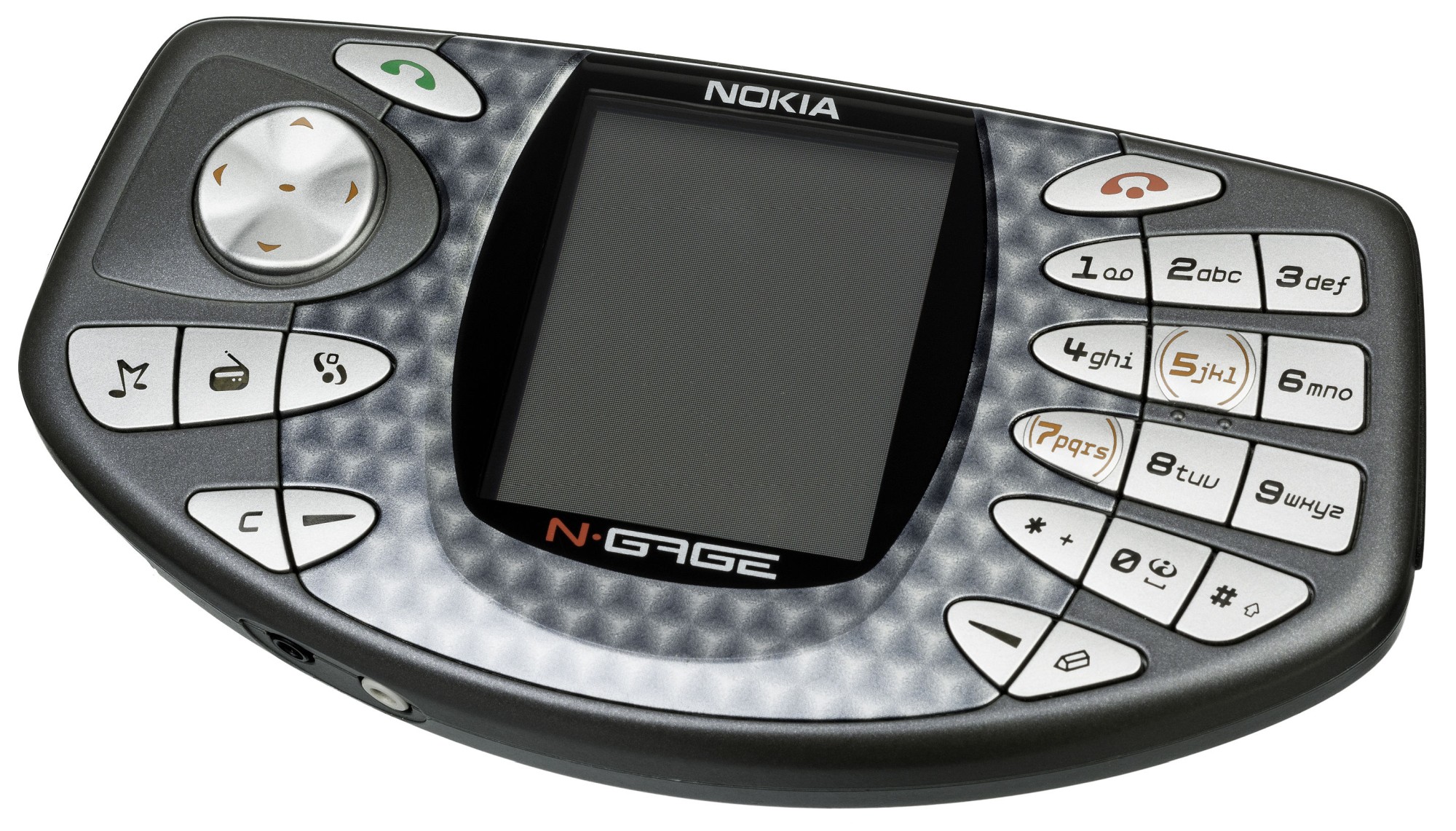
Okay, I still miss a bit on phones with keyboards, although, frankly speaking, typing on a virtual keyboard is not much slower. In 2003, Nokia’s engineers had an even more interesting challenge: how to combine a smartphone with a game console. Nokia N-Gage is a compromise phone. The screen in the center, in order to “correctly” position the joystick and control buttons in games (at the same time working with a traditional telephone keypad). At the same time, the display orientation is vertical, as in conventional smartphones, apparently so as not to add problems to developers. It was assumed that the games will be released on memory cards that need to be changed, but the slot for them was hidden under the cover. This would be normal for a regular memory card, but not for game “cartridges”. The spoken functionality suffered the most: a speaker and a microphone were placed at the end of the phone. Almost all the flaws were fixed in 2004 in the N-Gage QD model, but the idea of a specialized gaming mobile didn’t take off: at first, the gaming service became completely digital and universal for all Nokia smartphones, and then it was completely closed. The consequence of these experiments were modern joystick adapters for smartphones.

In my opinion, the strangest Finnish phone is the model 7280, released in 2004. The lipstick phone was deprived of the keyboard, instead it was supposed to use a wheel - almost like on an iPod. The microscopic screen when turned off could serve as a mirror. Another dubious innovation, almost standard today - a non-replaceable battery at home.
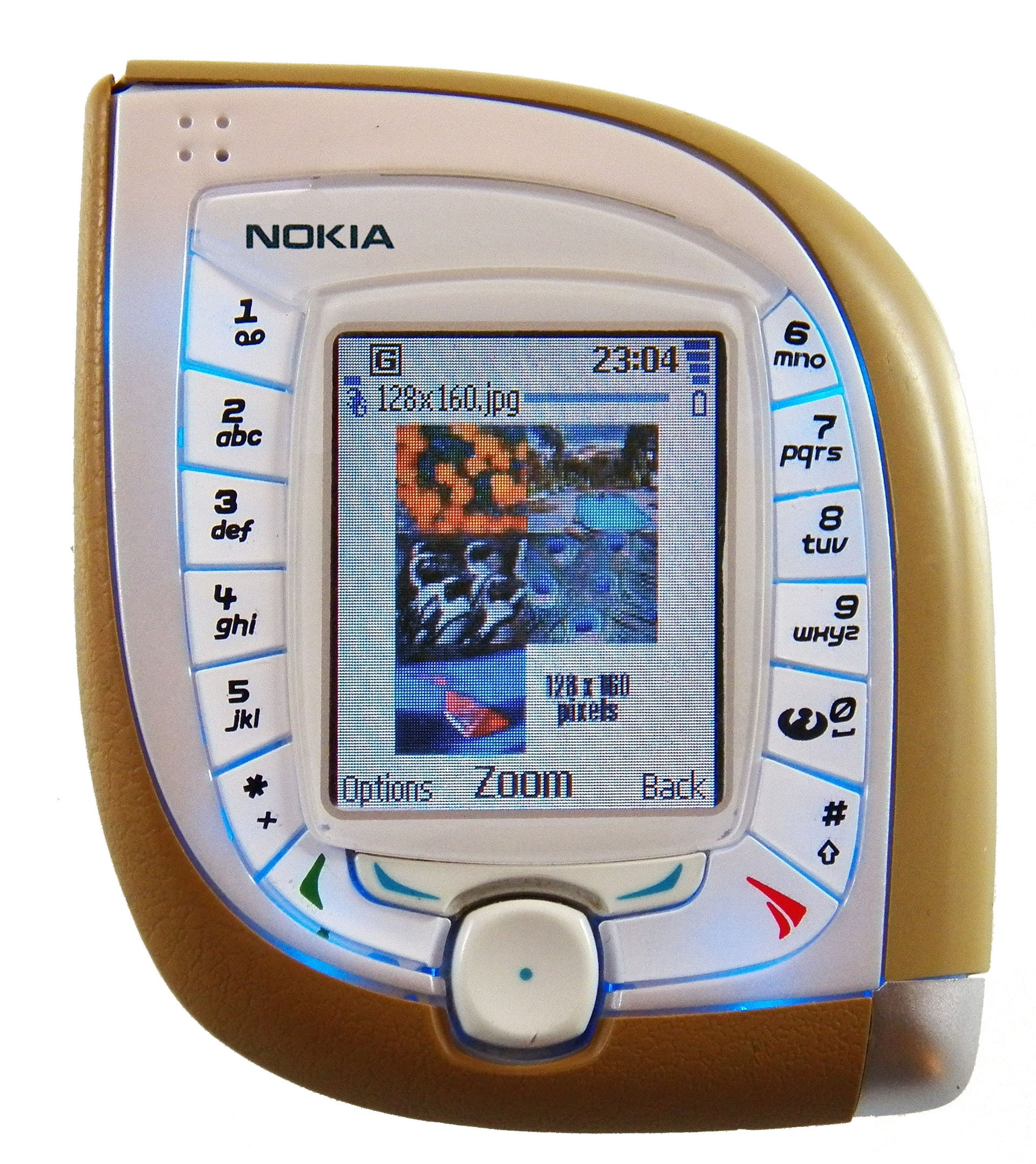
One of the first Nokia phones supporting third generation networks was released in 2003. If the arrangement of buttons in a circle in the model 3650 seemed strange to you, then how about buttons around the perimeter of the display?

The Nokia 7700 smartphone is a 2003 concept that was not widely available. In 2004, the model 7710 was released with a slightly less radical design. Nokia's first touchscreen smartphone. Later, this line with large modifications was transformed into a very successful and in a certain sense legendary “Internet tablet” Nokia N800, and then into a failed “killer of iPhone” N900. It would seem that here it is: a touch screen, a keyboard or not, or it is well hidden, wide possibilities for installing third-party software, and later - almost full-fledged Linux. Alas, all this does not guarantee success in the market.

In the context of all the devices above, the premiere of the first Apple iPhone in 2007 marked the beginning of dark times in the design of personal mobile devices. Dark and rectangular. Only now, 12 years later, active experiments with the form begin. There is a variety of devices: smartphones with two screens, smartphones with a hardware keyboard, and now also folding smartphones-tablets. In almost all cases, these are niche devices that are of limited popularity. These are harbingers of something new, not yet known to us. When the breakthrough device is released, someone will surely say: wait, but after all, company X did it five years ago!
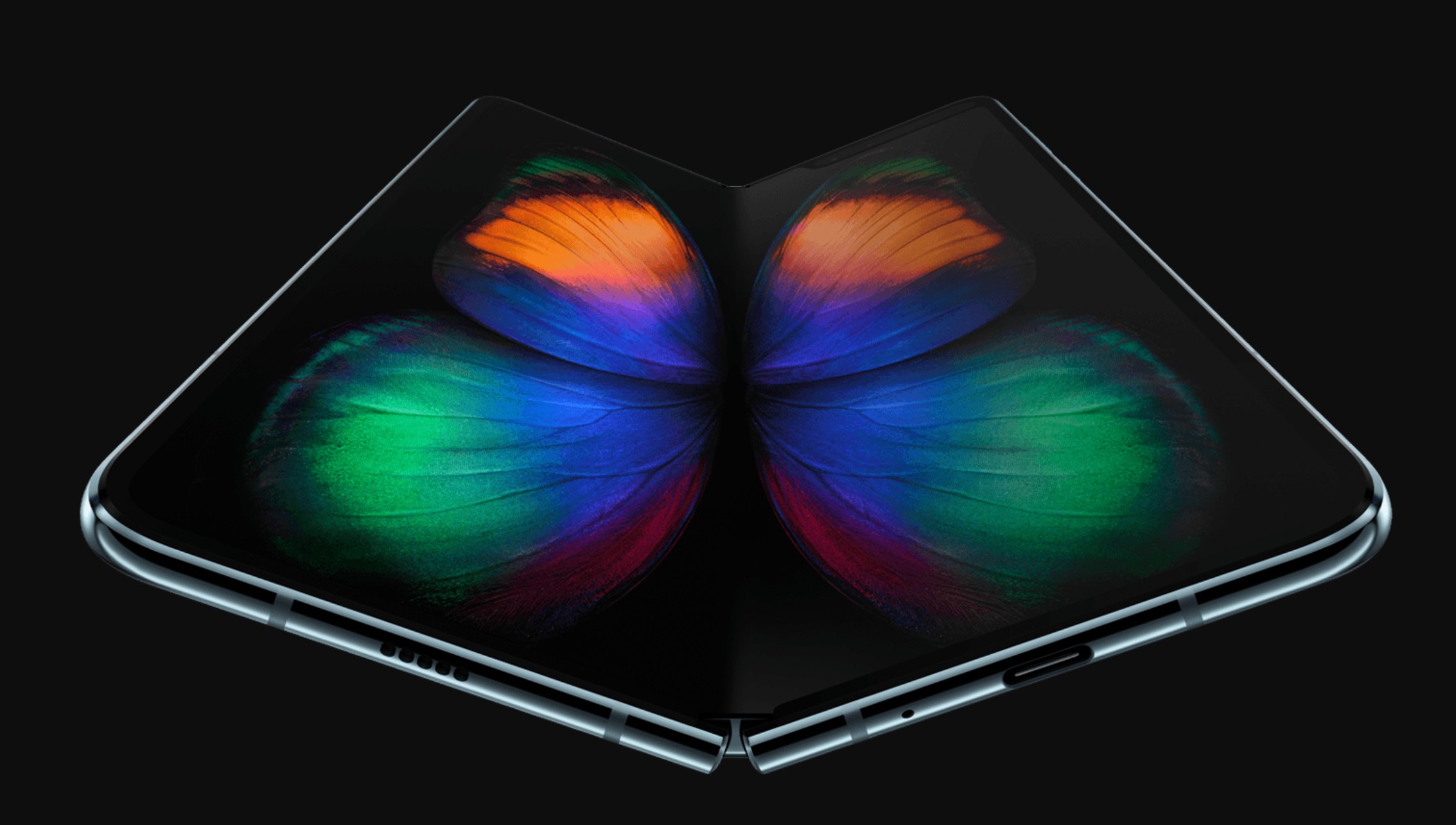
Well, yes, only this is not enough. Together with the iPhone and Android, convenient app stores appeared (and not immediately), a completely new web-browsing technique was formed on a small screen. That is why I welcome the emergence of any new non-dull concepts of mobile devices - folding, sliding, inflatable, roll, any. But I'm not sure that the future is for them. There was a technology for making flexible screens - great, but in order to really get a lot of people to buy such a device, you need to think of a way to use this technology, simple and clear to everyone. Well, lower prices, or something. Progress may not be related to mobile devices at all: if technologies of augmented (or even virtual) reality develop enough, the mobile device of the future can be a credit card-sized bar, without any buttons, with wireless image transmission anywhere.
For example, right in the brain. Experiments with the form and content of today's mobile devices are only preparation for the future. But I welcome them: the more variety, the better - in twenty years I will have something to collect again.
Source: https://habr.com/ru/post/445858/
All Articles